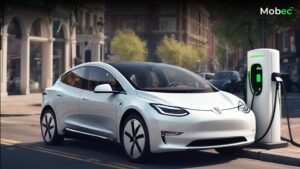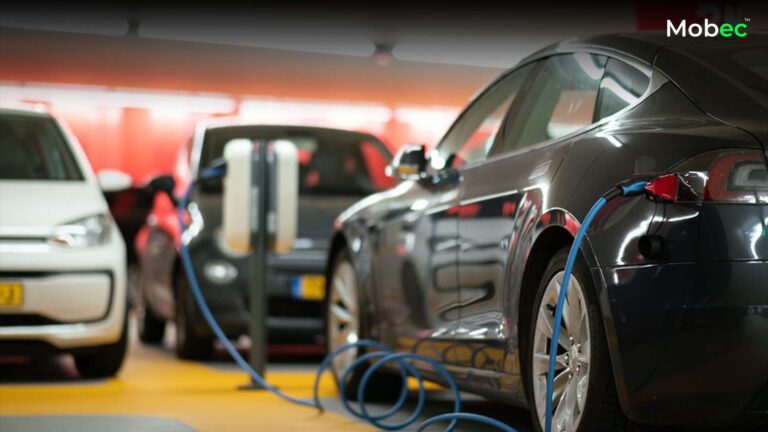The year 2024 is shaping up to be a pivotal moment for the electric vehicle (EV) industry. As governments worldwide push for cleaner, more sustainable transportation and automakers invest heavily in EV technology, many experts and enthusiasts believe that 2024 could be when electric vehicles hit a significant boom. In this blog, we’ll explore the factors driving this potential boom and the challenges that still need to be overcome.
Government Initiatives

One of the primary drivers of the expected EV boom in 2024 is the ambitious policies and incentives introduced by governments across the globe. Many nations are setting aggressive targets to phase out internal combustion engine vehicles and promote electric transportation. For instance, the European Union aims to have at least 30 million zero-emission vehicles on its roads by 2030. The United States, under the Biden administration, has also pledged substantial support for EVs, with proposed investments in charging infrastructure and incentives for EV buyers.
Automaker Commitment:

The major automakers are making substantial commitments to EV production. Companies like Tesla, General Motors, Ford, and Volkswagen invest billions of dollars in EV research, development, and manufacturing. In 2024, we can expect a more diverse EV option, including electric SUVs, crossovers, and even electric pickup trucks. This variety will appeal to a broader audience, making EVs more accessible to different consumer segments.
Technological Advancements:

2024 is expected to witness significant advancements in EV technology. Battery technology continues to improve, offering higher energy density and longer ranges. Charging infrastructure is expanding, with faster-charging options becoming more widely available, reducing concerns about range anxiety. Additionally, innovations in electric vehicle software will likely provide consumers with a more seamless and enjoyable driving experience.
Reduced Costs:

As EV manufacturing scales up and technology improves, costs will come down. Battery prices, a significant component of an EV’s cost, have steadily decreased, making electric vehicles more affordable. Government incentives and subsidies can further reduce the financial barrier to entry. In 2024, more consumers may find that purchasing an EV is not only environmentally friendly but also cost-effective.
Consumer Awareness:

Consumer awareness and acceptance of electric vehicles have been steadily growing. With more EVs on the road, positive reviews from early adopters, and increased media coverage, the apprehension many consumers once had about electric vehicles is diminishing. As the public becomes more informed about the benefits of EVs and the environmental impact of traditional vehicles, we can expect more people to switch to electric in 2024.
Challenges and Considerations:

Despite the optimistic outlook, several challenges still need to be addressed for the anticipated EV boom in 2024 to become a reality. These include:
1. Charging Infrastructure: While charging networks are expanding, there’s still a need for more widespread, easily accessible charging stations to alleviate range anxiety.
2. Battery Recycling: As EV production increases, managing and recycling batteries will become a significant concern. Developing sustainable recycling solutions is crucial.
3. Affordability: Despite falling costs, EVs can still be more expensive than traditional vehicles. Wider adoption may require further cost reductions and incentives.
4. Supply Chain Issues: The global supply chain disruptions seen in recent years could impact the availability of crucial EV components, slowing down production.
5. Consumer Education: Ensuring consumers are well-informed about EVs, including their benefits and limitations, is essential for a successful transition to electric vehicles.
In conclusion, 2024 is a promising year for the electric vehicle industry, driven by government policies, automaker commitments, technological advancements, reduced costs, and growing consumer awareness. However, challenges related to charging infrastructure, battery recycling, affordability, supply chain issues, and consumer education must be addressed.
If these challenges can be overcome, 2024 marks the beginning of a significant EV boom, with electric vehicles becoming a mainstream choice for consumers worldwide. As the automotive landscape evolves, it’s an exciting time for the industry and those looking to embrace cleaner and more sustainable transportation options.



















+ There are no comments
Add yours